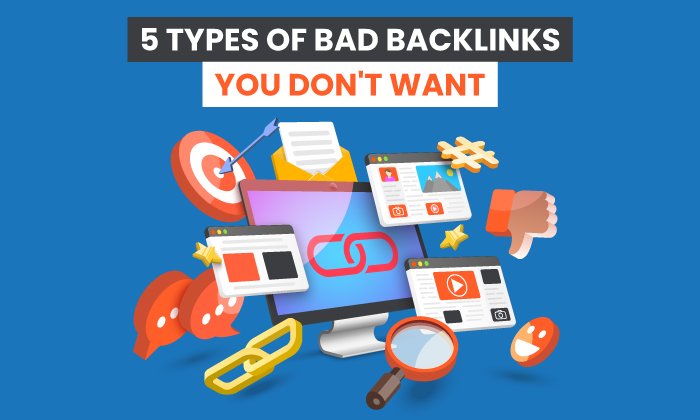Does Google Think Your Website Is Spam?

By rchurt@hubspot.com (Rebecca Churt)
Everyone who uses the internet knows the frustration of web spam, where you find a promising page in search results that is useless. And we all know Google hates spammy websites, probably even more than we do.
But as a site owner, how do you know if your site visitors and Google consider your website spammy? And what should you do to ensure it isn’t considered *GULP* web spam?
If you have concerns about your website being considered spammy, here is helpful information to know when optimizing your website. As you read through these items, ask yourself, “Do I or has anyone working on my website ever employed these practices? Does this describe my business — even if it wasn’t intentional?”
In this post, we’ll cover:
- 8 Qualities of a Search Engine Web Spammer
- Spam Website Example
- What then, Does Google Care About?
- How do you track all this?
- Let’s say you did get penalized. How would you know?
8 Qualities of a Search Engine Web Spammer
Google’s overall goal is to help people find helpful content without any roadblocks, and its strict content and spam policies support that goal.
It’s entirely possible that something you do accidentally, with no malicious intent, flags Google to investigate your site as spam. Because of this, it’s worth familiarizing yourself with what is considered spam to prevent any action by Google that could place your site lower in search results or stop it from showing up at all.
Here are some examples of what Google considers spam:
1. They Rarely Use Social
Spammers simply don’t dedicate the time to build relationships with people and, thus, are rarely found in social networks. Help to distinguish your website and marketing from web spam by building relationships online in social media with prospects and customers.
2. They Over-Optimize
The repetitive use of keywords in content, where they unnaturally appear word after word … after word (you know what I’m talking about) — that’s referred to as keyword stuffing or, more innocently, over-optimization.
Call it what you will; it’s not a good practice either way. Most frequently, you’ll see repetitive keywords in the following areas: page titles, on-page copy, and in domain names/URLs. To prevent keyword stuffing, follow best practices for optimizing your content, and aim to write as naturally as you would speak.
3. They Don’t Focus on Content
Spammers don’t care about creating quality content — or content that is unique in any way, for that matter. In fact, spammy sites will often consist of stolen content, content repeated again and again, or content pulled in via RSS feeds from other websites. Avoid this type of spammy behavior by ensuring all the content you publish is unique and compelling.
4. They Stuff Their Sites With Ads
Spammers create the type of websites where more than 50% of the …read more
Source:: HubSpot Blog

![→ Download Now: SEO Starter Pack [Free Kit]](https://no-cache.hubspot.com/cta/default/53/1d7211ac-7b1b-4405-b940-54b8acedb26e.png)








